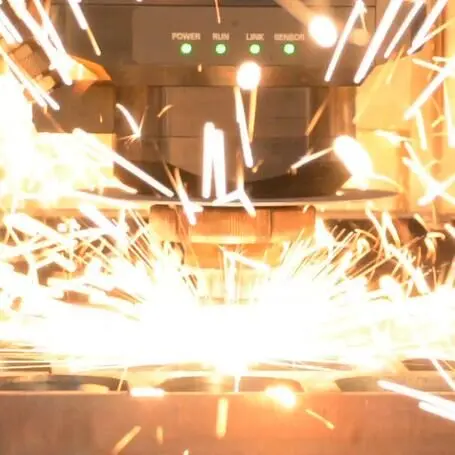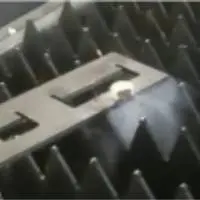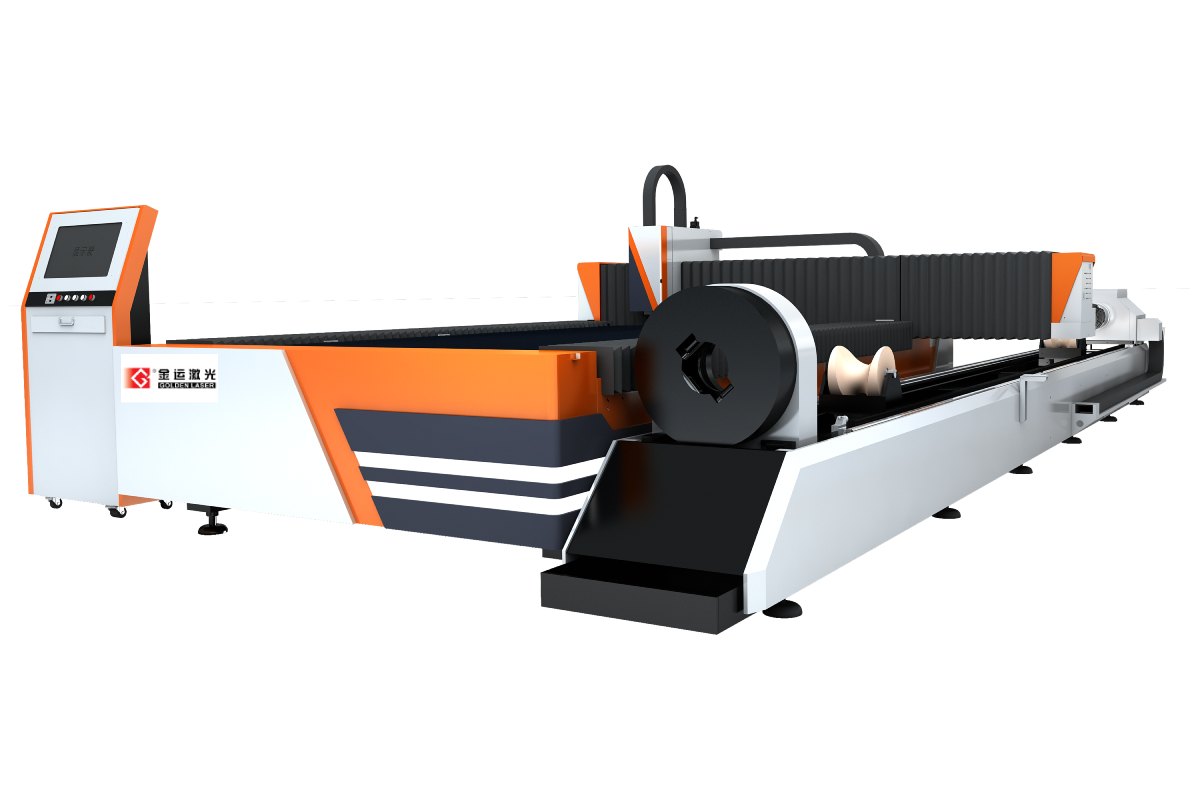In the realm of modern manufacturing, Computer Numerical Control (CNC) machines have revolutionized the way industries work with various metals and materials. Among these, copper stands out due to its unique properties that make it suitable for diverse applications, including electrical components, automotive parts, and intricate designs in architecture. This article explores the advantages of using CNC machines for copper machining, their applications, and the future trends in this technology.
CNC machining for copper involves using computer-controlled tools to perform precise shaping, drilling, and cutting processes on copper materials. This method is highly valued in the manufacturing sector for several reasons. Firstly, CNC machines offer unparalleled precision. Traditional machining methods often relied on manual operation, which can lead to inconsistencies in the final product. However, CNC machines eliminate the room for human error. They can execute complex patterns and intricate designs with an accuracy of up to ±0.001 inches, ensuring that every component meets stringent specifications and tolerances.
Another significant advantage of CNC machining for copper is the versatility it provides. CNC machines can handle various operations, such as milling, turning, and laser cutting, all while maintaining the integrity of the copper material. Copper is a soft metal, making it easier to manipulate than harder metals like steel. CNC machines can take advantage of this property by utilizing cutting tools designed explicitly for copper, allowing manufacturers to create complex geometries with ease. This versatility is especially beneficial for industries requiring custom parts or components.
Additionally, CNC machining enhances the efficiency of production processes. With automated programming, once a design is uploaded to the CNC machine, it can operate continuously without needing human intervention, except for routine maintenance. This automation significantly reduces production times, allowing manufacturers to scale their operations without sacrificing quality. For companies looking to meet growing demands or tight deadlines, CNC machining offers an effective solution.

Exploring the Advantages and Applications of Cnc Machines for Copper Machining in Modern Manufacturing
Moreover, accuracy and speed translate into cost-effectiveness. Although the initial investment in CNC machinery can be considerable, the long-term savings are undeniable. Reduced material waste due to precise cuts leads to lower operational costs, and faster turnaround times can increase output and improve profitability. In competitive markets where margins are tight, adopting CNC technology can provide a much-needed edge.
The applications of CNC machines for copper are vast and varied. In the electronics industry, copper is a crucial material for printed circuit boards (PCBs), where precise and intricate designs are mandatory for optimal performance. CNC machines are capable of accurately routing the circuits required for these boards, ensuring high-quality outcomes. Additionally, CNC technology is increasingly used in creating copper connectors, heat exchangers, and transistors, further solidifying its importance in electronics manufacturing.

Exploring the Advantages and Applications of Cnc Machines for Copper Machining in Modern Manufacturing

Exploring the Advantages and Applications of Cnc Machines for Copper Machining in Modern Manufacturing
The automotive sector also benefits from CNC machining for copper. Components such as heat sinks, electrical wiring, and connectors often require copper for its excellent conductivity. The ability to mold, cut, and shape copper components with precision ensures that they fit perfectly and function reliably in automotive systems. As electric vehicles become more mainstream, the demand for copper parts is expected to soar, placing CNC machining at the forefront of this evolution.
Beyond industrial applications, CNC machines for copper are gaining traction in artistic fields as well. With the rise of custom metalwork, jewelry making, and architectural design, artists and designers leverage CNC technology to create unique pieces that showcase the beauty of copper. By integrating technology with artistry, these creators can push the boundaries of design and craftsmanship, forging new paths in metalworking.
Looking ahead, the future of CNC machining for copper appears bright. Advancements in CNC technology, such as improved software for better design simulation, integration with AI for predictive maintenance, and enhanced sustainability measures, promise to further streamline processes and reduce environmental impact. The continual evolution of this technology will lead to even more innovative applications and efficiencies.
In conclusion, CNC machines for copper machining represent a significant leap in manufacturing technology. With their precision, versatility, efficiency, and cost-effectiveness, these machines are indispensable in various industries, particularly electronics and automotive manufacturing. As technology continues to advance, the role of CNC machinery in working with copper is poised to grow, offering exciting opportunities for businesses and creators alike. Laser Metal Cutter
